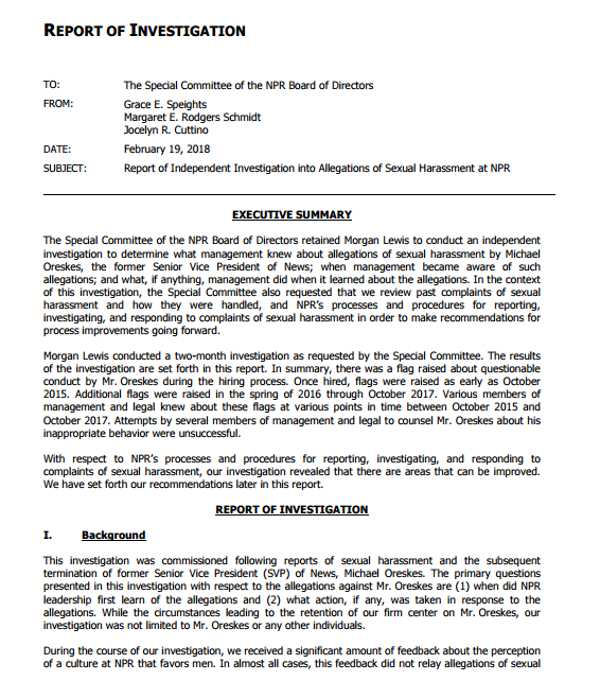

Vital Signs: Heart Age-Is Your Heart Older Than You?.Provide context where necessary, and keep the methodology description simple. Consider how your audience may interpret the findings, based on their understanding and experiences. For example, choose between written documentation and oral communication and between presenting anecdotal stories and presenting data. Present findings according to the audience’s preference. Also consider how the audience perceives the evaluator and the evaluation process. Regardless of how the findings are perceived, the opportunity for use remains. Evaluation results may not always be expected or favorable. Identify the audience’s interest in or expectations of the project. Ensure that reports are culturally appropriate for the audience. Opt to use plain language over more technical language. Reflect on the level of familiarity the audience has with the particular subject matter and tailor the level of language to meet their comfort level. Explore how the target audience makes decisions or decides to take action on the basis of new information. Consider what action you want the audience to take and what is within their sphere of influence. Identify the appropriate, preferred, and commonly used channels of communicating with your audience. Some things to keep in mind about your audience are: Is the target audience the funding agency of the program, individuals who are served by the program, or key legislators or decision makers in your local government?Įvaluation findings can be presented differently depending on the target audience and primary evaluation users.Who are the intended primary users or the specific stakeholders who will most likely use the findings?.Alternatively, evaluation results may be used to support or justify a preexisting position, resulting in little to no programmatic change.Ĭonsider and define the target audience of your evaluation report and findings. Often, the desire is for evaluation recommendations and findings to inform decision making and lead to program improvement. The evaluation’s purpose can have a direct effect on how evaluation data are applied and used. A funding agency may ask for a detailed, comprehensive report to demonstrate whether program components contribute to expected outcomes for accountability purposes. Program staff may want to see a dashboard report of selected indicators and receive regular brief, verbal updates at meetings to learn what midcourse adjustments to make to improve program operations and activities. Two common reasons for evaluating CDC-funded programs are to guide program improvement and to ensure program effectiveness. There may be multiple purposes for conducting an evaluation. The purpose determines how the evaluation report and findings are used, who the users are, and the most appropriate type of reporting. Recommendations can also be used for program improvement. Data can be used for monitoring or accountability, depending upon your purpose. This diagram shows how a range of evaluation purposes can influence the use of data, findings, and recommendations.


 0 kommentar(er)
0 kommentar(er)
